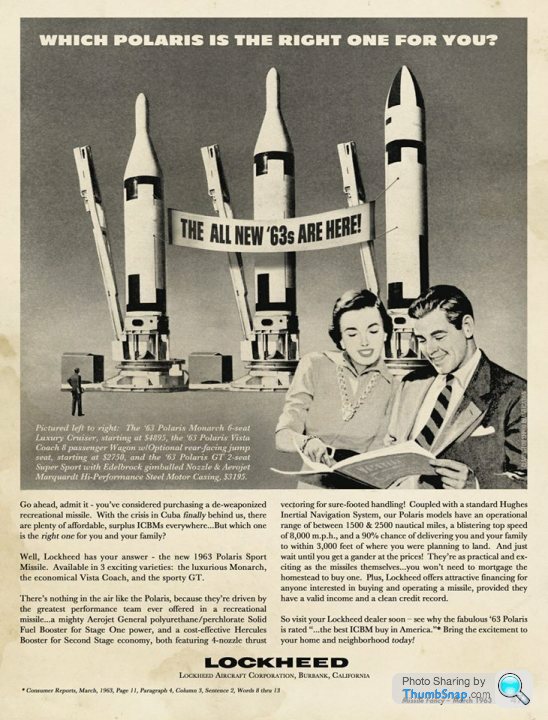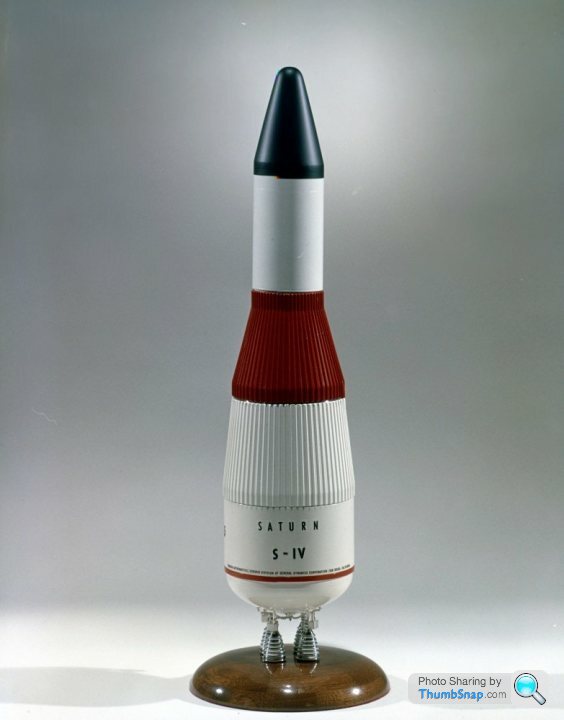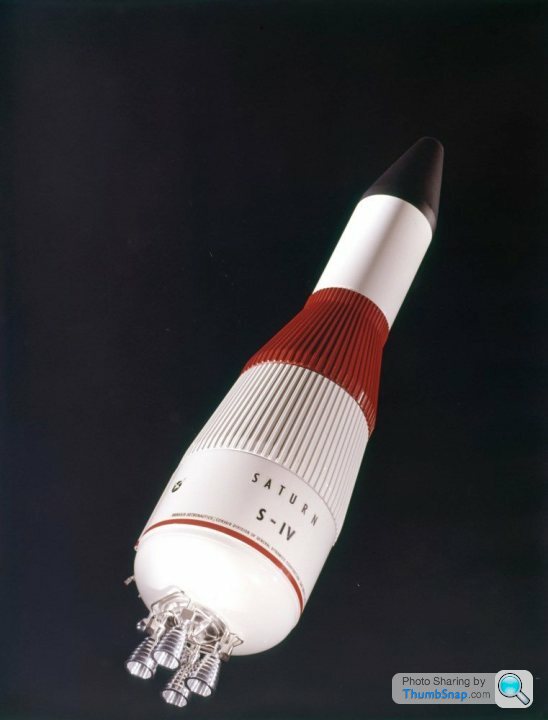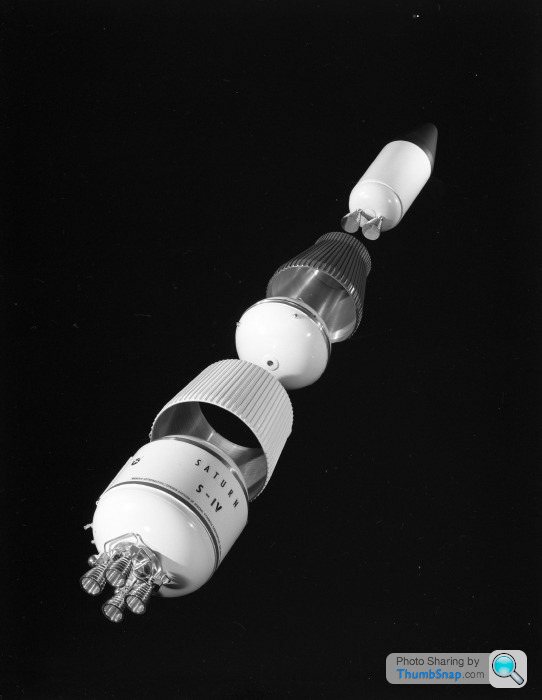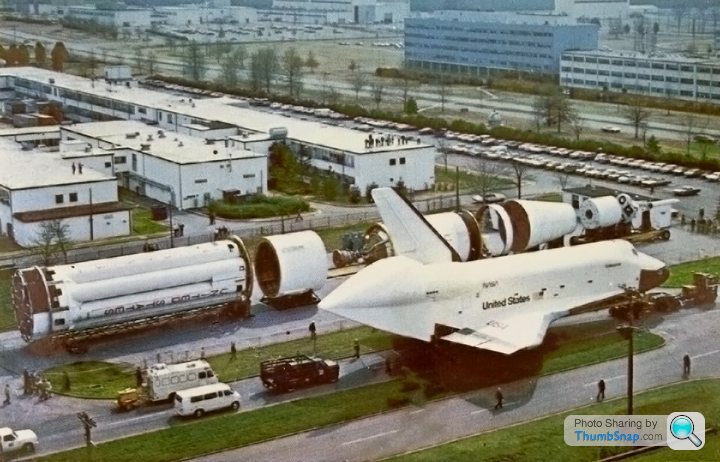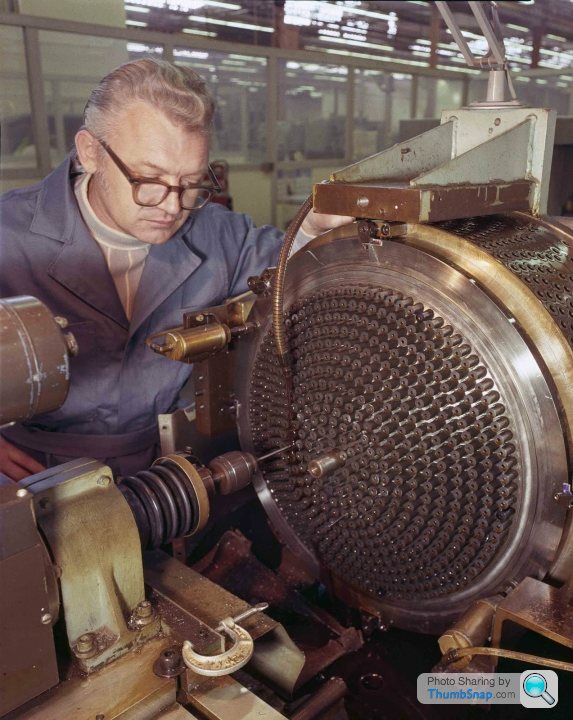Saturn V anecdote
Discussion
Watching an old video of an Ariane 3 launch ( researching for a model kit ) - interesting to note that the solid boosters were only ignited after the vehicle had already lifted off under the power of the core stage engines. First time I've heard of this being done - perhaps it saved the pad from needing to be modified
https://www.youtube.com/watch?v=lrXwSFSWulo
https://www.youtube.com/watch?v=lrXwSFSWulo
From Stephen Coester:
"All of us who worked on the Launch Pad during Apollo took continuous safety courses in things like safety showers/eye washes, Scott Airpack breathing, safety harnesses, hazardous gases, pad egress, etc.
My favorite was always fire training. We would learn to use fire extinguishers on small fires and hoses on actual large oil fires.
I had done this course every year and while exciting was relatively safe. Well one year we were fighting fires and the day was extremely windy with about a 30 mph north wind. One drill was for five guys to follow a trail which had several small fires. The first and last had extinguishers and the center three were just along for the ride. Well, on this day the wind had whipped the flames to 20 feet high and I questioned the professionals whether it was safe. They said to quit being a chicken and go for it.
We entered the trail with me being the last guy all of us in coveralls, gloves, and breathing apparatus. The first guy attempted to knock down the first raging fire, but it flared right up. I hit it with my extinguisher to no effect. Suddenly we were surrounded by a wall of flame and all discipline was lost. We all bailed out through the wall of fire.
The fire fighters called us together to chew us out for our failure, but by this time I realized that all my exposed skin was feeling hot. I told them I needed to go to Medical and they said nonsense. I insisted and another engineer said he was also burned. At Medical they took it seriously and quickly applied ice water pads to our burns.
The other engineer was burned worse than me, but both of us lost all the skin on our necks, ears, wrists and anywhere not covered. The medical personnel said we were within seconds of being burned to death.
After the "smoke" cleared the Fire Chief in charge was fired and they toned down this safety course.
Life was sure exciting back then."
"All of us who worked on the Launch Pad during Apollo took continuous safety courses in things like safety showers/eye washes, Scott Airpack breathing, safety harnesses, hazardous gases, pad egress, etc.
My favorite was always fire training. We would learn to use fire extinguishers on small fires and hoses on actual large oil fires.
I had done this course every year and while exciting was relatively safe. Well one year we were fighting fires and the day was extremely windy with about a 30 mph north wind. One drill was for five guys to follow a trail which had several small fires. The first and last had extinguishers and the center three were just along for the ride. Well, on this day the wind had whipped the flames to 20 feet high and I questioned the professionals whether it was safe. They said to quit being a chicken and go for it.
We entered the trail with me being the last guy all of us in coveralls, gloves, and breathing apparatus. The first guy attempted to knock down the first raging fire, but it flared right up. I hit it with my extinguisher to no effect. Suddenly we were surrounded by a wall of flame and all discipline was lost. We all bailed out through the wall of fire.
The fire fighters called us together to chew us out for our failure, but by this time I realized that all my exposed skin was feeling hot. I told them I needed to go to Medical and they said nonsense. I insisted and another engineer said he was also burned. At Medical they took it seriously and quickly applied ice water pads to our burns.
The other engineer was burned worse than me, but both of us lost all the skin on our necks, ears, wrists and anywhere not covered. The medical personnel said we were within seconds of being burned to death.
After the "smoke" cleared the Fire Chief in charge was fired and they toned down this safety course.
Life was sure exciting back then."
Bit of a sad one about the end of the Saturn V programme from J Harvey LeBlanc
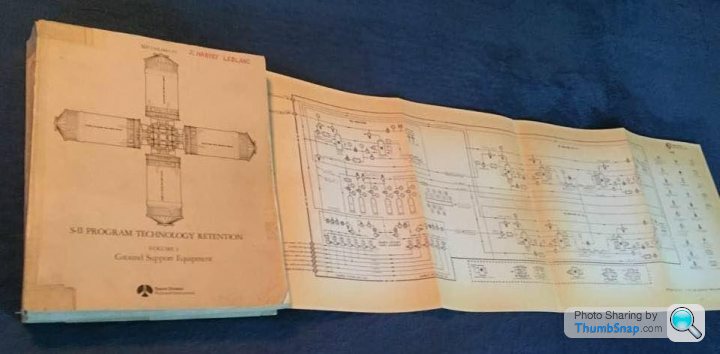
Several thousand of us working on the S-II Program were eventually moved to a new facility in Seal Beach, CA., about 17 miles south of Downey. This was where the S-II stages were assembled and the location provided easy access to the ocean for barge shipment of the huge stages. The S-II stages were sent to the Mississippi Test Facility for static firing test before being sent to the Kennedy Space Center for the moon launches. During this time period, I was working in the Ground Support Equipment (GSE) Design Department for the S-II. We were responsible for the designs of hundreds of items, such as: complex pneumatic and cryogenic fuel servicing systems, liquid hydrogen heat exchangers, massive ground to vehicle umbilical disconnect plates, leak detection and checkout systems, electronic control and checkout consoles, handling equipment for hoisting and moving the S-II stage, etc. At its peak, this group had about 600 Designers and support personnel. By the time we started launching Apollos to the moon, the magnitude of the design effort had been greatly reduced and the manpower reductions started. By the launch of Apollo 17, the last moon mission in December of 1972, layoffs had really gotten commonplace. Fridays came with a great deal of apprehension as each of us waited to see if we would be one of the hundreds to get a layoff pink slip. Those selected employees would line up at the guard shack gates to be handed their termination papers and final pay check. It was really heart breaking to see the shocked and stunned look on their faces, many of them in tears. They all knew that the market was being flooded with engineers and that they would have a hard time finding a job. There was always a large horde of news reporters with their cameras trying to capture images of those poor employees in their misery. It was extremely upsetting to hear them asking dumb questions like “tell me how you feel about being laid-off?”
During this time period the primary criteria for being retained in Design Engineering was your design experience and the criticality of the equipment you had designed for the program. I was very fortunate in that I had been involved in the design of pneumatic servicing equipment from the beginning of the program. These systems were very complex and were used at test facilities in Huntsville, AL., the Mississippi Test Facility and also on the launch pad at The Kennedy Space Center. It provided 46 launch critical functions to the S-II stage during launch. It also helped that I was on the S-II Launch Support Team and had a great deal of experience troubleshooting problems with the ground and stage systems.
After the last launch, I was assigned the task of leading a group of engineers in documenting the S-II Program Technology Retention for Ground Support Equipment (GSE). NASA felt that we had made significant advancements in the designs of GSE fluid systems, structures, components and system technology. They wanted us to provide a historical synopsis of “lessons learned” in the design, development and operational experience for the most critical items of GSE. This valuable information was to be utilized on future space programs. I completed this task in September of 1973 and was the author of a 518 page report with my findings. Later, it was very gratifying to see my report being utilized for many years on the Space Shuttle Program. The information contained in that report prevented many designers from having to “reinvent the wheel” when they were faced with similar design challenges.
Shortly after the completion of my work on that report, in 1973, I was transferred to the new Space Shuttle Program as a Lead Design Engineer in Propulsion Fluid Systems. When I finally left the S-II Program, I was one of the last 7 engineers remaining out of the original 600 in our Design Department!

- **The End of the Historic Apollo/Saturn Programs****
Several thousand of us working on the S-II Program were eventually moved to a new facility in Seal Beach, CA., about 17 miles south of Downey. This was where the S-II stages were assembled and the location provided easy access to the ocean for barge shipment of the huge stages. The S-II stages were sent to the Mississippi Test Facility for static firing test before being sent to the Kennedy Space Center for the moon launches. During this time period, I was working in the Ground Support Equipment (GSE) Design Department for the S-II. We were responsible for the designs of hundreds of items, such as: complex pneumatic and cryogenic fuel servicing systems, liquid hydrogen heat exchangers, massive ground to vehicle umbilical disconnect plates, leak detection and checkout systems, electronic control and checkout consoles, handling equipment for hoisting and moving the S-II stage, etc. At its peak, this group had about 600 Designers and support personnel. By the time we started launching Apollos to the moon, the magnitude of the design effort had been greatly reduced and the manpower reductions started. By the launch of Apollo 17, the last moon mission in December of 1972, layoffs had really gotten commonplace. Fridays came with a great deal of apprehension as each of us waited to see if we would be one of the hundreds to get a layoff pink slip. Those selected employees would line up at the guard shack gates to be handed their termination papers and final pay check. It was really heart breaking to see the shocked and stunned look on their faces, many of them in tears. They all knew that the market was being flooded with engineers and that they would have a hard time finding a job. There was always a large horde of news reporters with their cameras trying to capture images of those poor employees in their misery. It was extremely upsetting to hear them asking dumb questions like “tell me how you feel about being laid-off?”
During this time period the primary criteria for being retained in Design Engineering was your design experience and the criticality of the equipment you had designed for the program. I was very fortunate in that I had been involved in the design of pneumatic servicing equipment from the beginning of the program. These systems were very complex and were used at test facilities in Huntsville, AL., the Mississippi Test Facility and also on the launch pad at The Kennedy Space Center. It provided 46 launch critical functions to the S-II stage during launch. It also helped that I was on the S-II Launch Support Team and had a great deal of experience troubleshooting problems with the ground and stage systems.
After the last launch, I was assigned the task of leading a group of engineers in documenting the S-II Program Technology Retention for Ground Support Equipment (GSE). NASA felt that we had made significant advancements in the designs of GSE fluid systems, structures, components and system technology. They wanted us to provide a historical synopsis of “lessons learned” in the design, development and operational experience for the most critical items of GSE. This valuable information was to be utilized on future space programs. I completed this task in September of 1973 and was the author of a 518 page report with my findings. Later, it was very gratifying to see my report being utilized for many years on the Space Shuttle Program. The information contained in that report prevented many designers from having to “reinvent the wheel” when they were faced with similar design challenges.
Shortly after the completion of my work on that report, in 1973, I was transferred to the new Space Shuttle Program as a Lead Design Engineer in Propulsion Fluid Systems. When I finally left the S-II Program, I was one of the last 7 engineers remaining out of the original 600 in our Design Department!
Seems that Apollo 10's discarded LM ascent stage may have been located
https://www.dailymail.co.uk/news/article-6965985/A...
https://www.dailymail.co.uk/news/article-6965985/A...
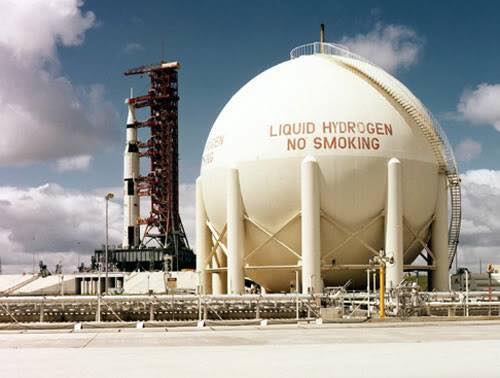
The LH2 tank shown here in its original tan and white colors held 850000 gallons. We got the LH2 from Louisiana in two types of tankers. One looked pretty much like any cylindrical tanker and held 5000 gallons of LH2. The other had a rectangular cross section and held 10000 gallons minus a bunch of boil off waste on the trip to KSC. So roughly a hundred plus tanker loads to completely fill the tank. Each vehicle launch consumed about 400000 gallons; 260000 gallons in the S-II and 67000 in the S-IVB plus loss to boiloff. We could offload five tankers at a time into the storage tank. The five fill ports are on the white pipe in the right foreground of the photo. I spent many hours standing there directing the tanker offload operation during the Apollo SaturnV program. The boil off from the vacuum jacketed storage tank was several hundred gallons a day so roughly a tanker every couple of weeks. We'd completely fill the storage tank after each launch or tanking (CDDT) and then monitor to make sure we had enough for the next launch, or else we would call in more tankers.
Stephen Coester
A bit off topic - NASA has found that the loss of two satellites was due to a supplier falsifying test certification results 
https://www.americaspace.com/2019/04/30/nasa-finds...
When the total cost of the payload loss is taken into account they seem to be getting off lightly. I wonder if their product is in any other spacecraft

https://www.americaspace.com/2019/04/30/nasa-finds...
When the total cost of the payload loss is taken into account they seem to be getting off lightly. I wonder if their product is in any other spacecraft
Soviet cosmonaut Sergei Krikalev was in space when the Soviet Union fell apart in 1991. Unable to return home, he ended up having to stay in space until further notice.
The cosmonaut eventually returned back to earth on March 25, 1992, after 10 months in orbit - to a nation that was very different to what it was when he had left. The Soviet Union had fractured into 15 nations, presidents had changed, and even his hometown of Leningrad had become St. Petersburg.
Interestingly, at the time, Krikalev was supposed to serve in the military reserves, and was almost issued a warrant for desertion – before the army realised that their reserve soldier was not even on the planet.
The cosmonaut eventually returned back to earth on March 25, 1992, after 10 months in orbit - to a nation that was very different to what it was when he had left. The Soviet Union had fractured into 15 nations, presidents had changed, and even his hometown of Leningrad had become St. Petersburg.
Interestingly, at the time, Krikalev was supposed to serve in the military reserves, and was almost issued a warrant for desertion – before the army realised that their reserve soldier was not even on the planet.
Eric Mc said:
I don't think it controlled the Apollo spacecraft all the way to the moon. It was to control the trajectory of the Saturn V during launch, initial orbit and Trans Lunar Insertion. It was discarded together with the SIVB stage of the Saturn V once the Command/Service Module and Lunar Module disconnected from the stack and headed off to the moon. Guidance to and from the moon was controlled by a computer in the Command Module. A similar computer was in the Lunar Module and this could be used for trans-lunar navigation too - as was the case during Apollo 13 when the power to the Command Module had to be almost completely shut down due to the disabling of the Service Module.
It controlled the S-IVB to impact on the Moon, so it is technically correct to say it controlled it all the way to the MoonSlide set from a lecture showing lunar surface photos which have been colour corrected to show what the Apollo astronauts actually saw ( instead of the rather washed-out scan s previously available ) - showing just how orange Jack Schmidt's 'orange soil' actually was
https://gsa.confex.com/gsa/2018AM/webprogram/Hando...
https://gsa.confex.com/gsa/2018AM/webprogram/Hando...
Gassing Station | Science! | Top of Page | What's New | My Stuff




